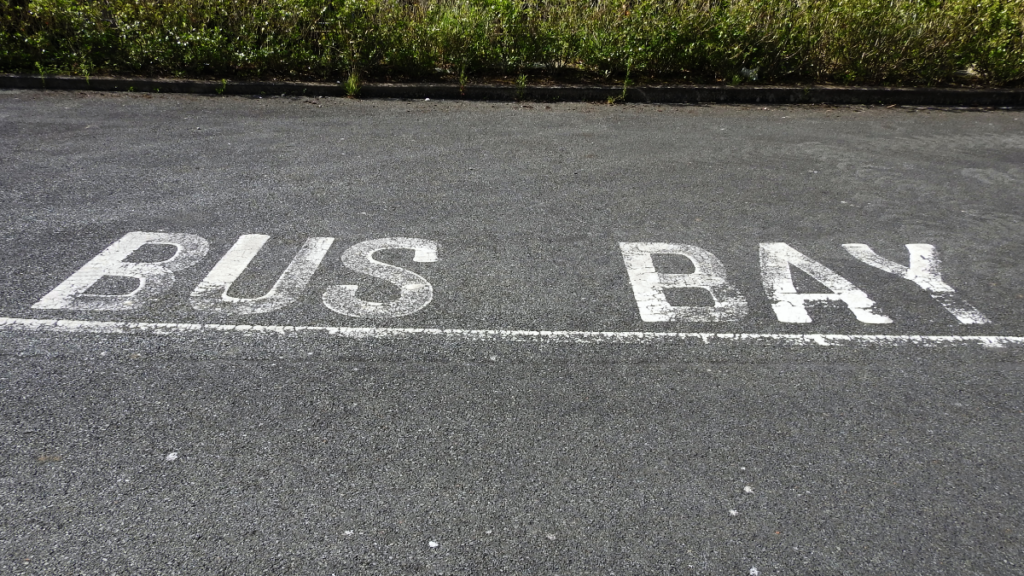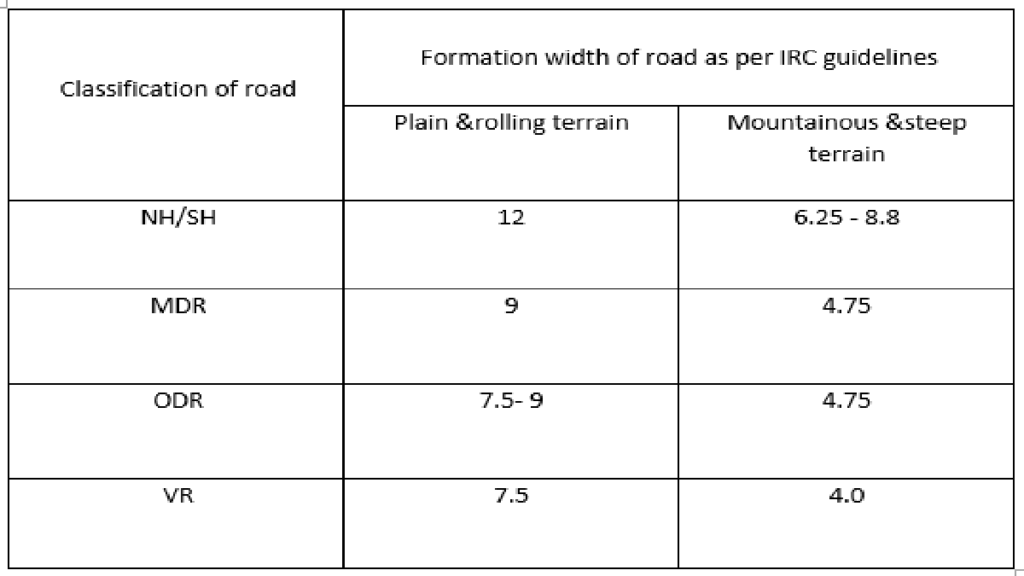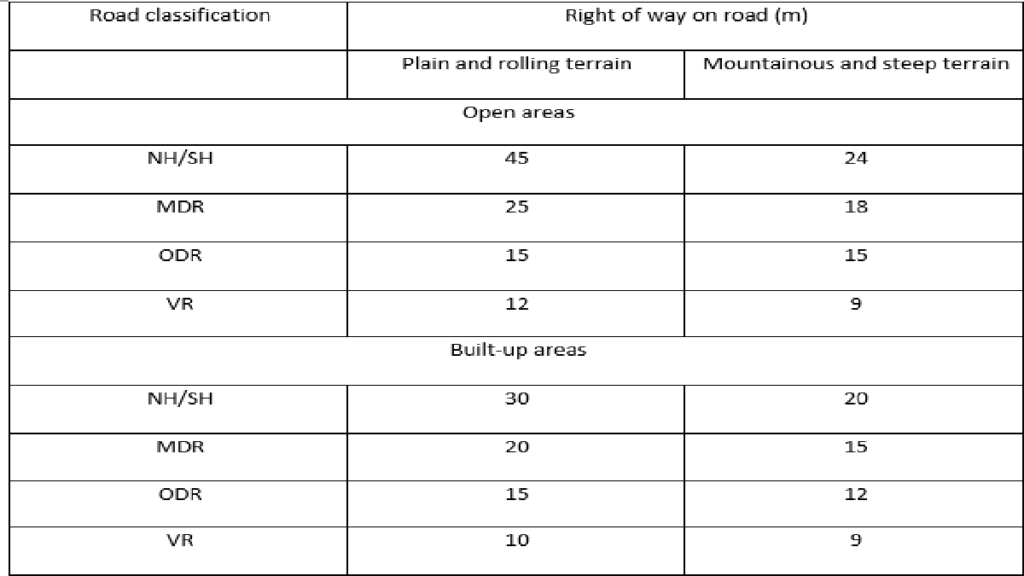Road margins is an inevitable topic everyone should know who are into transportation engineering. We will see the different types of road margins, the details about the right of way on road and the formation width of road as per IRC in the blog. I will also walk you through shoulder of the road being an important road margin.
What are road margins?
The portion of the road beyond the carriageway and on the roadway can be generally called road margins. Different elements of road margins are shoulder, parking lanes, bus bays, cycle track, footpath and guard rails. Let’s get into each one of them and learn in detail.
1. Shoulder of the road- important among road margins
A shoulder is an emergency stopping lane by the verge of a road or motorway, on the right side in countries which drive on the right, and on the left side in countries which drive on the left. Shoulder of the road is provided along the road edge.
Also read: Applications of Intelligent transportation system- everything you want to know
The main objectives of the shoulder of the road
The main objectives of shoulders are,
- The accommodation of stopped vehicles
- They serve as an emergency lane for vehicle
- Shoulders of the road provide lateral support for base and surface courses
A shoulder of the road should be strong enough to bear the weight of fully loaded truck even wet conditions. The shoulder width should be adequate for giving working space around a stopped vehicle. It is desirable to have a width of 4.6m for the shoulders. Minimum width of 2.5m is recommended for 2 lanes rural highway in India.
That’s it about shoulder of the road. Next, let’s see about parking lanes.
2. Parking lanes
Parking lanes are provided in urban lanes for side parking. Parallel parking is preferred because it is safe for side parking. Parking lanes should have minimum of 3m width in the case of parallel parking.
3. Bus bay

A bus bay, otherwise called bus turnout, bus pullout, off-line bus stop is a designated spot on the side of a road where buses may pull out of the flow of traffic to pick up and drop off passengers. It is often indented into the sidewalk or other pedestrian area. They are provided so that they don’t obstruct the movement of vehicles in the carriageway. But at the cost of the time necessary to merge back into flowing traffic.
Also read: Bitumen for road- Grade and properties of bitumen
4. Cycle track
A Cycle_track, otherwise called separated bike lane or protected bike lane is an exclusive bikeway that has elements of a separated path and on-road bike lane. They are provided in urban areas when the volume of cycle traffic is high. Minimum width of 2m is required.
5. Footpath

A footpath is a type of thoroughfare that is intended for use only by pedestrians and not other forms of traffic such as motorized vehicles, cycles, and horses. They can be found in a wide variety of places, from the center of cities, to farmland, to mountain ridges. Urban footpaths are usually paved, may have steps, and can be called alleys, lanes, steps, etc. Footpaths are for pedestrians, especially in urban areas. Minimum width should be 1.5m.
Also read: Intelligent transportation system: A comprehensive approach to its components
6. Guard rails
They are provided at the shoulder of the road. Various designs of guard rails are there. Guard rails painted in alternate black and white are usually used. They also give better visibility of curves at night.
So, we have seen the main road margins. Its time to look into some terms related to them.
Formation width of road as per IRC
Formation width of road as per IRC (The Indian Road Congresss) or roadway width is the sum of width of pavement or carriageway including separators and shoulder of the road. Width of formation for various class of roads (IRC) are:-

Right of way on road
Right of way on road otherwise called land width is the width of land acquired for the road, along its alignment. It should be adequate to accommodate all the cross-sectional elements and may reasonably provide for future development. To prevent ribbon development along the highways, control lines and building lines may be provided.
The figure below shows the right of way on road for different type of roads.

Got every detail about road margins and related terms? Let me know your doubts and feedbacks in the comments.
MUST READ: Classification of roads- 5 types of roads full details
Happy learning!


Comments are closed.